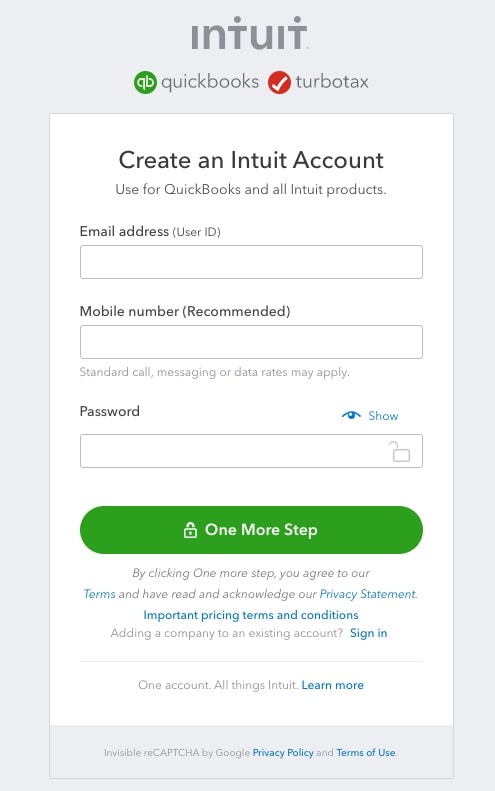Turn on suggestions
Auto-suggest helps you quickly narrow down your search results by suggesting possible matches as you type.
Showing results for
As part of my business I send a lot of invoices that are often paid in 2 parts, currently I use First Data for card payments which means that when someone pays their invoice via card the full amount is paid into my account so I can add it to the invoice via Quickbooks, the fees are taken monthly on all card sales.
I'm looking to switch to either iZettle or Sumup but these companies take their transaction fee before they pay you you meaning if I take £100 they might pay me £97.50 or something like that, my question is how can I track this as if I add that against the invoice it will show as £2.50 being outstanding.
How can I track this to keep the tax man happy and avoid confusion on who owes what.
Solved! Go to Solution.
Thanks for joining the conversation, @Ritchiec80,
I can share the steps on how to handle bank or credit card fees in QuickBooks Online.
This process may require a few steps to do, so I'll be outlining everything for you.
Step 1: Create the customer invoice. In your case, the $100 receivable.
Step 2: Receive the full payment of $100. This is to replicate the amount taken from the customer and the income in your Profit and Loss.
Step 3: Enter a Bank Deposit for the fee to relieve the balance from Undeposited Funds account to bank account. This process is important, because here we deposit the amount cleared in the bank after deducting the fees.
Please let me know if you need further assistance with recording fees. I'll be available to help you anytime. Have a great day!
Thanks for joining the conversation, @Ritchiec80,
I can share the steps on how to handle bank or credit card fees in QuickBooks Online.
This process may require a few steps to do, so I'll be outlining everything for you.
Step 1: Create the customer invoice. In your case, the $100 receivable.
Step 2: Receive the full payment of $100. This is to replicate the amount taken from the customer and the income in your Profit and Loss.
Step 3: Enter a Bank Deposit for the fee to relieve the balance from Undeposited Funds account to bank account. This process is important, because here we deposit the amount cleared in the bank after deducting the fees.
Please let me know if you need further assistance with recording fees. I'll be available to help you anytime. Have a great day!
This explanation is a LOT of work to do daily and then split across multiple invoices.
There must be a more simple approach to associate the fee to an expense account called SumUp.
Hello Traceygoldman,
Thanks for posting on this thread,
The steps above in this post are how to record the transactions in Quickbooks, there is no other way to record them in your account.
This doesnt allow me to match the bank transaction with anything.
Keeping track of transactions clearly and accurately is essential for organizing your financial records, peterbooth. This helps make the matching process and account reconciliation easier. Let me guide you in the right direction on how to resolve your concern.
First off, can you clarify which transaction type you’re trying to match to the bank entry? Have you encountered any error messages along the way? Any extra details will help ensure I can give you the best solution for your issue.
QuickBooks Online (QBO) reviews your bank data to find matches, rules, and recognized transactions. While you go through the data, you can compare the online banking transactions with the ones already in your company.
Furthermore, some entries might not be able to locate a match within the existing records due to various factors:
If you received less than the invoice amount due to bank fees, enter the fee as a negative amount on the Bank Deposits. This ensures your register matches the bank statement.
Here's how:
To add the fee:
After performing these steps, tick the Match function to open the Find other matches screen (look for other possible entries). If the amount doesn't match, you can resolve the difference between the invoice and the payment by performing these steps:
For future reference, explore this article for guidance in balancing your bank and credit card accounts: Reconcile an account in QuickBooks Online.
Feel free to comment below if you need more guidance on a specific accounting task in QBO or have any banking questions. I’m here to provide the support you need.

You have clicked a link to a site outside of the QuickBooks or ProFile Communities. By clicking "Continue", you will leave the community and be taken to that site instead.
